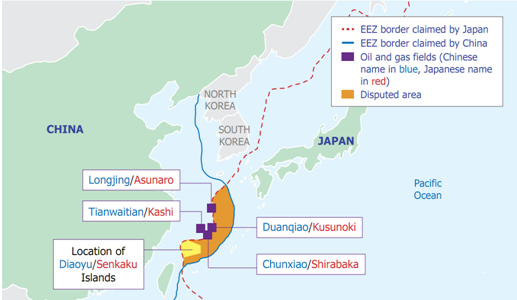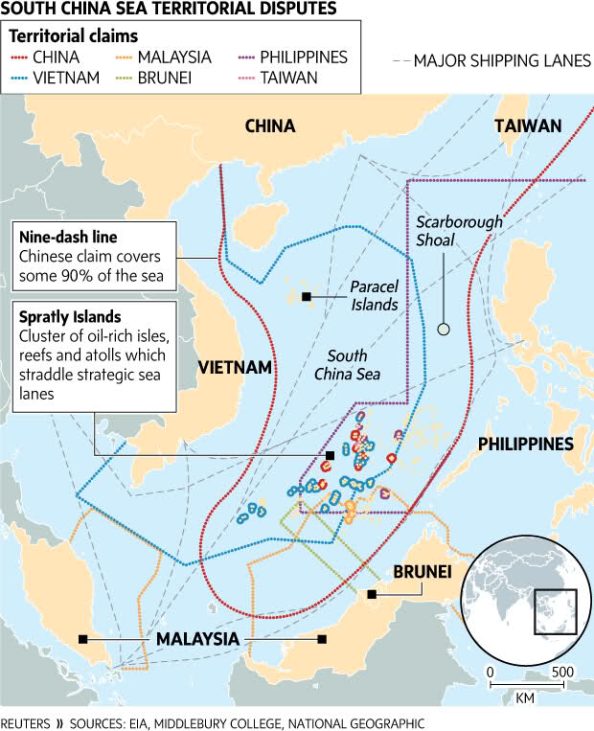I will start this post by talking about what QE actually is and that begins with monetary policy 101 with regards to a sovereign country that issues debts denominated in its own currency (i.o.w. anything involving countries with debts denominated in a different currency do not apply). The central bank has a choice of targeting the value of the currency in FX, the money market rate of interest, or the monetary base. The Federal Reserve usually targets the rate of interest, but has been targeting the monetary base as soon as we hit the zero lower bound (ZLB) in 2008. Whether targeting the monetary base or the short term interest rate or the exchange rate, a central bank hits those targets by intervening in the money markets. The monetary base is defined as the total number of commercial bank' reserves (held as deposits at a central bank) plus the total currency circulating in the public (this shouldn't be confused with non-bank deposits held by the public at commercial banks); the monetary base is also known as M0 or the total currency in the system. The monetary base is equivalent to the total liabilities of a central bank (in this case, the Federal Reserve).
Interest Rate Targeting:
When a central bank targets the rate of interest, the central bank will come in to buy whatever securities (usually short term bills, in the case of the Fed, these would be Treasury bills) to set the price of liquidity in the money market. If a central bank is targeting the rate of interest, it has no choice in setting the monetary base. When a central bank wants to change its interest rate target, the central bank will either expand or contract its balance sheet in order to hit the target. If the Federal Reserve wants to decrease (or increase) the price of liquidity (i.o.w. decrease/increase short term interest rates), the Federal Reserve will expand (or contract) both sides of its balance sheet by buying (or selling) Treasury bills (T-bills) and issuing (or removing) dollars from circulation in order to buy (or sell) those T-bills. The bank/dealer that the Fed is transacting with will also see a shift in its balance sheet, but only by a shift in its asset side. The bank will simply see an asset swap as it gets (or gives up) bank reserves (or deposits) in exchange for its T-bill. The transaction is shown below with the left half being a transaction where Fed decreases the money market rate of interest and the right half where the Fed increases the money market rate of interest. For the sake of simplicity, we will assume that the other side of the transaction is a commercial bank with an account at the Federal Reserve.
Federal Reserve Bank Federal Reserve Bank
+T-bills|+Reserves -T-bills| -T-bills|-Reserves -Reserves|
+Reserves| +T-bills|
Monetary Base Targeting and QE:
As I said earlier, if a central bank is interested in setting the interest rate, they will not usually buy long-dated assets. In the case of the Fed, the Fed will usually only buy T-bills if its interested in targeting the money market rate of interest. Note that in 2008, the Federal Reserve took short term rates to zero and entered the ZLB. Since 2008, the Fed has (thus far) abandoned interest rate targeting in favor of targeting M0. When the Fed targets the monetary base, it chooses the amount of assets it will buy and does not care about the money market rate of interest. As stated earlier, the Fed (along with other central banks) usually do not buy short term debt since hitting the ZLB and have been buying longer term assets like Treasury bonds (T-bonds) and mortgage-backed securities (MBSs). Below, I have displayed two separate scenarios where the Fed buys bonds: the one on the left depicts a situation where the Fed buys bonds from a bank in exchange for reserves and the situation on the right depicts a situation where the Fed buys bonds from a random security dealer that doesn't hold a deposit account at the Fed.
Note: If the Fed wanted to reduce the monetary base or "exit" QE, all of the pluses and minuses shown below would be opposites. The dynamics work exactly the same.
Fed Bank Fed Bank
+T-bond/MBS|+Reserves -T-bonds/MBS| +T-bonds/MBS|+Deposits -T-bonds/MBS|
+Reserves| +Deposits|
In other words, QE is an asset swap for the private sector--nothing more and nothing less. In a world where you've hit the ZLB and increasing the monetary base has no effect on short term interest rates, how would QE create high levels of inflation? Such an idea makes absolutely no sense when there's no demand for loans. The money being created by the Federal Reserves is swapped for assets at the same market price and is having no impact on short term interest rates and almost all of this only shows up in either banks balance sheets or on the balance sheet of some security dealer. It's akin to swapping a savings account for a checking account. QE by itself cannot (and will not) directly lead to high inflation in this current economic environment. Anyone claiming that high inflation or hyperinflation is coming immediately is either lying or doesn't know what they're talking about.
FX Targeting:
There's also a different track for monetary policy whereby the central bank can also target the exchange rate. There are several countries and provinces that still do this (ex. China, Hong Kong), but most countries today now have flexible exchange rates. In a fixed exchange rate regime, the central bank purchases the net amount of incoming FX reserves necessary to maintain the exchange rate. In this type of regime, central banks have no control over the monetary base or the rate of interest. If the exchange rate is relatively high, the central bank will experience a net outflow of FX reserves until the central bank no longer has the ability to maintain the exchange rate peg.
Notes:
- There's a difference between reductions in the standard of living and inflation (which is defined as an increase in prices). We've experienced a decline in the standard of living while CPI has been quite low.
- Please don't use bogus shadow statistics where the CPI is measured the same way it was measured in 70's. Using that measurement for CPI only makes sense if the basket of goods and services consumed today is the same as the basket of goods and services consumed in the 70's, which is obviously not the case.
- Using the shadow statistics found here, it says inflation was at least 7-9% since 2008. Using an inflation rate of 7% would imply that prices have gone up around 50-70% in the last six years and the resulting calculations would mean prices have more than doubled in the last ten, which did not happen. As stated earlier, these numbers are flawed because the basket of goods and services consumed in the 70's aren't the same as the ones consumed today.
- If inflation was running at 8-10%, that would mean real GDP growth would be running at around -4-(-5)%, which would mean much, much higher unemployment than the jobs numbers would imply. Scott Sumner deals with these arguments against Peter Schiff here.
You now know what QE is and about the basics of central bank balance sheet expansion along with how money gets created. In the next post, I'll talk about the impacts and real effects of QE. There's a lot of misunderstandings and myths about QE. I'll dissect those myths and then get into what impacts QE does have.




